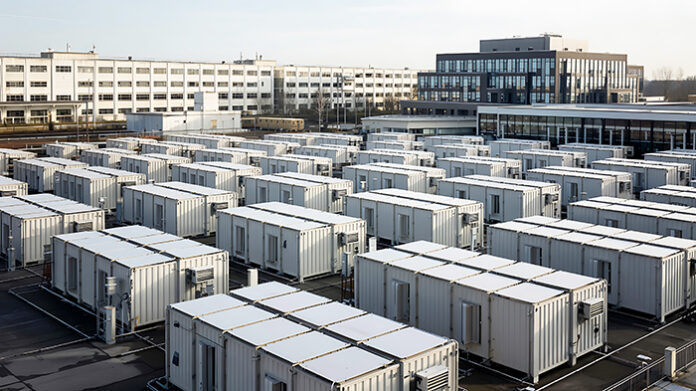When disaster strikes, homes are lost and lives are upended. But rebuilding need not take years or cost a fortune. Modular construction offers communities a faster, smarter and more resilient way to recover after hurricanes, floods, wildfires and other acts of nature.
In the world of emergency response, time isn’t just money; it’s peace of mind. That’s where modular construction shines.
In the past 12 months, we have seen hurricanes (Helene and Milton) bringing devastation to the Southeastern US, wildfires wiping out large swaths of houses in California, and tornadoes and flooding wreaking havoc in Texas, Kentucky, Connecticut and other places. There has been so much activity that it makes your head spin.
After each disaster comes the recovery period. With property damage estimates for the past 12 months close to half a trillion dollars, a lot of clean-up work needs to be done, and a lot of building work needs to get started!
But when it comes to actually getting the work done, the obstacles — including permitting delays and material and labor shortages — can add more time to the job than under normal circumstances. With these lengthening timelines, temporary shelters can turn into multi-year living arrangements. If that sounds familiar, that’s because it’s what has been happening for years.
But while academics and FEMA bureaucrats study the issues around disaster recovery, modular construction is hiding in plain sight. Modular’s speed-to-finish can mean rapid rehousing.
Of course, residents also need temporary shelter while their permanent homes are being built. Modular has great value here as well — factories can start manufacturing temporary housing before the the site has even been cleared.
Whether for temporary or permanent housing, modular construction offers time savings of 30%-50% over traditional builds, and homes arrive 80%-90% complete, reducing on-site chaos. Those homes also conform to whatever IRC, energy, wind and seismic code requirements the local jurisdiction has adopted. We’re not talking trailers or quick-fix sheds, but high-performance homes with real staying power.
And they can be ready for inspection and occupancy soon after arriving on-site. While conventional builders are waiting on subcontractors, modular builders can be setting homes and welcoming families back.
Very often, areas struck by a widespread disaster also suffer from price gouging. The scarcity of subcontractors and the sheer volume of the work to be done can naturally increase prices. Modular construction can combat the high cost of recovery by building efficiently offsite to deliver higher value on-site. The price doesn’t change at the factory.
These advantages mean that modular isn’t just about buildings, it’s about people. Faster rebuilds keep families in their communities, near their schools, churches and jobs. The longer the wait to rebuild, the more the community fractures. Offsite modular construction helps keep neighbors neighbors…so they don’t have to become displaced statistics.
Remember, too, that the best way to survive a disaster is to build homes that are more likely to survive it. In many wind-driven events, and even in floods, the superior strength and resilience of modular construction stand out. Often, the only homes left standing after a disaster are homes that were built using modular construction.
After the flooding in the Carolinas from Hurricane Helene, I spoke with a top North Carolina building code official. He explained how he was sold on the resilience of modular when he saw a group of three modular homes still standing, relatively unscathed, while the site-built structures around them were either gone or badly damaged.
The point is that modular construction gives us the tools to rebuild better, faster and stronger with less waste, less stress and more dignity. In a world of increasing natural disasters, it’s not just an option; it’s your community’s secret weapon for resilience.
If you liked this article, you can follow Ken Semler on LinkedIn, where he offers daily insights and commentary about offsite construction.






